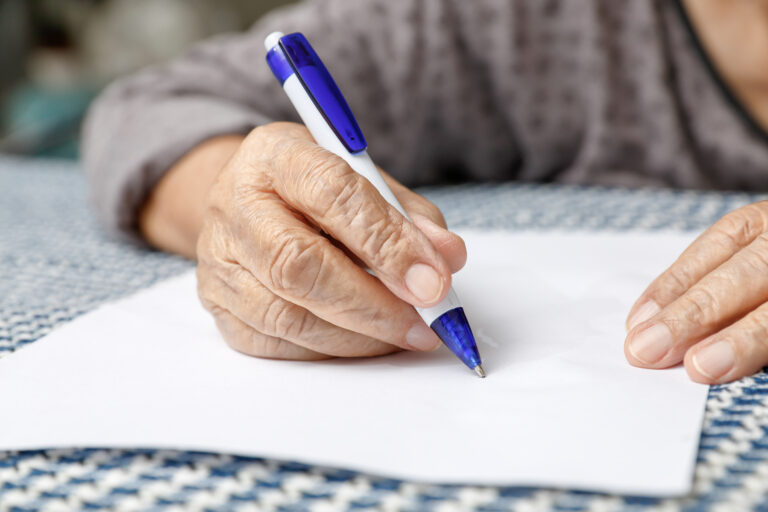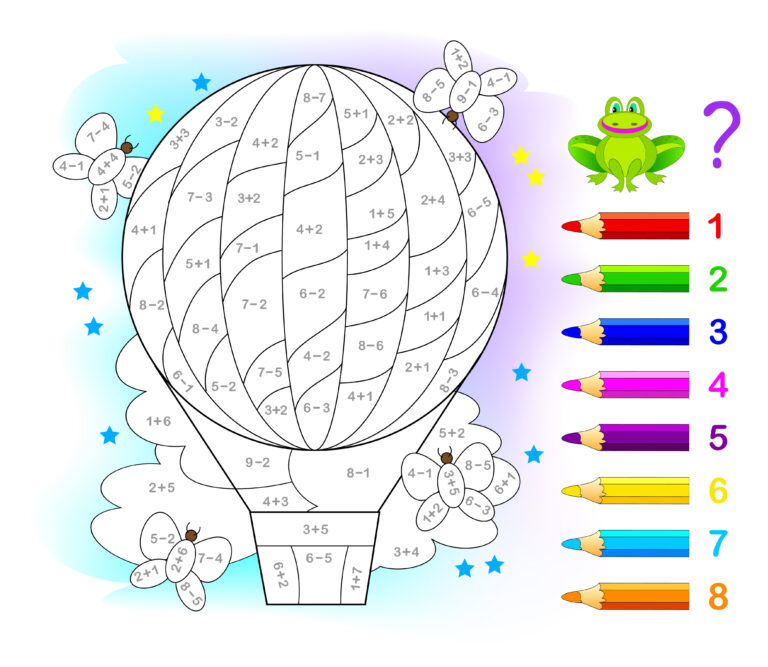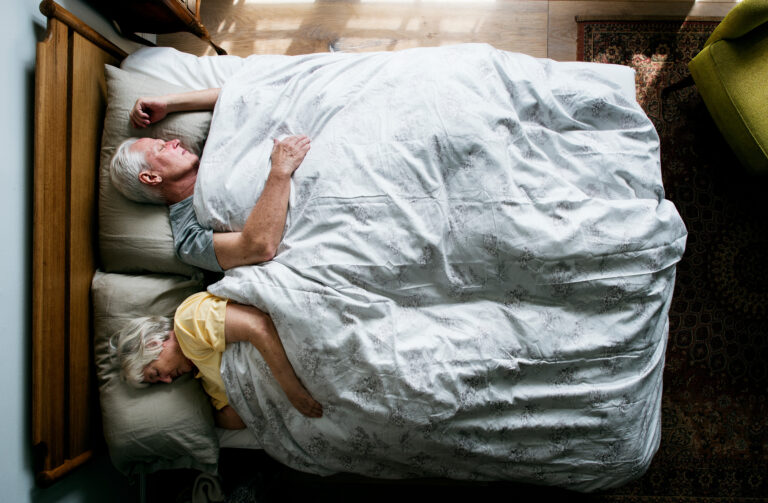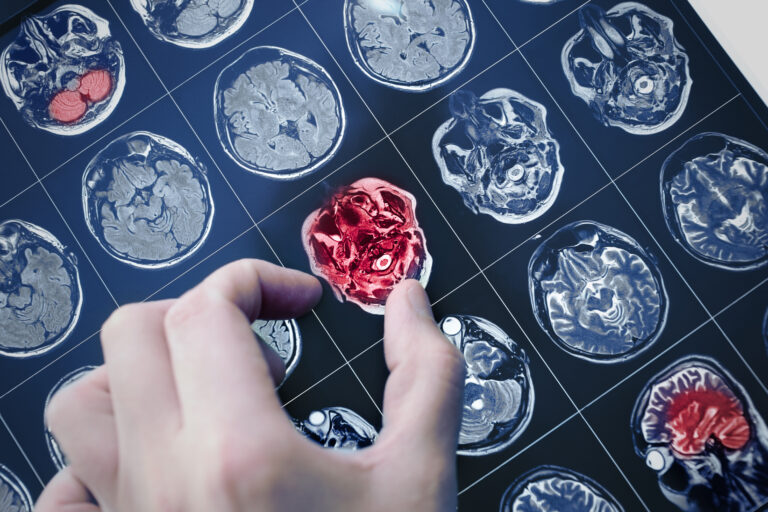Dancing has long been known as a fun and energetic form of physical activity, but recent studies have shown that it may also have significant benefits for our brain health. In fact, some experts believe that dancing can even help prevent dementia, a common and devastating condition that affects millions of people worldwide.
Dementia is a term used to describe a decline in cognitive function, including memory loss, difficulty with language and problem-solving skills, and changes in mood and behavior. It is most commonly associated with aging, but can also be caused by factors such as genetics, lifestyle choices, and medical conditions. Currently, there is no cure for dementia, making prevention and management of the condition a crucial focus for researchers and healthcare professionals.
So how exactly does dancing tie into the prevention of dementia? Let’s take a closer look at the potential benefits and mechanisms behind this popular form of movement.
Physical exercise has long been recognized as an important factor in maintaining overall health and well-being. It helps to strengthen our muscles, improve cardiovascular health, and maintain a healthy weight. But did you know that it also has a profound impact on our brain? Regular physical activity has been linked to improved cognitive function and a reduced risk of developing dementia.
Now, let’s add in the element of dancing. Dancing is not only a form of physical exercise, but it also engages our brains in unique ways. When we dance, we have to remember choreography, coordinate our movements, and time our steps to the beat of the music. This requires us to engage multiple areas of our brain simultaneously, challenging our memory, coordination, and motor skills.
Studies have shown that dancing may have a positive impact on brain structure and function. In a 2017 study published in Frontiers in Aging Neuroscience, researchers found that older adults who participated in regular dance classes had greater gray matter volume in areas of the brain involved in memory and executive function compared to those who did not dance. This suggests that dancing may have a protective effect against age-related brain changes.
Additionally, dancing has been shown to have a positive impact on mood and socialization, both of which are important factors in maintaining cognitive health. Dancing provides a sense of joy and accomplishment, which can help boost self-esteem and reduce stress and anxiety. It also often involves dancing with a partner or in a group, promoting social interaction and reducing feelings of loneliness and isolation.
Furthermore, dancing may also help improve balance and coordination, which can be particularly beneficial for older adults. Falls are a common concern for seniors, and they can lead to serious injuries, hospitalizations, and a decline in overall health. By improving balance and coordination, dancing may help reduce the risk of falls and subsequent injuries, ultimately contributing to better overall health and potentially preventing dementia.
While more research is needed to fully understand the link between dancing and dementia prevention, there is certainly evidence to suggest that this form of physical activity has numerous potential benefits for our brain health. It’s an enjoyable and accessible form of exercise that can be easily incorporated into our daily lives. And even if we don’t end up preventing dementia, dancing will still provide us with countless other benefits, both physical and mental.
So, whether it’s through taking dance classes, attending social events with dancing, or simply turning up the music at home and letting loose in your living room, incorporating some dancing into your routine may just be one simple step towards maintaining a healthy brain for years to come. So put on your dancing shoes and get moving – for your body and your mind!





